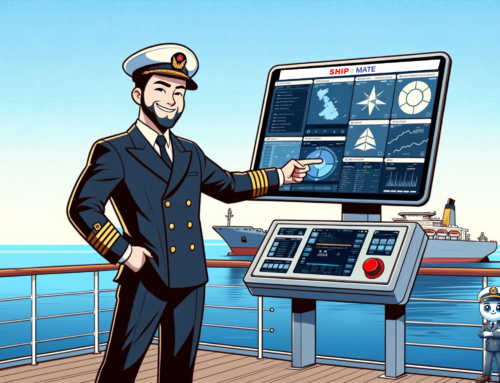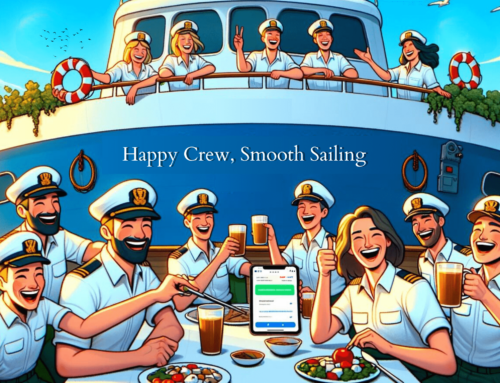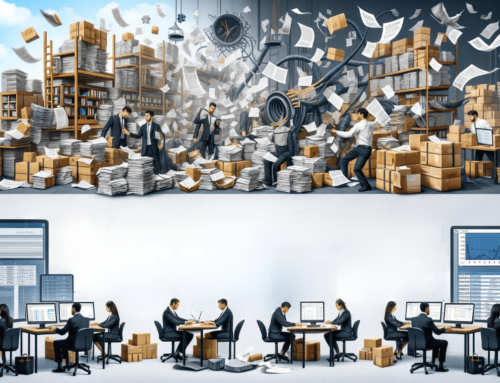Thanks to the ever-evolving global business landscapes, the oil and gas industry has become highly competitive. With international interests, changing international diplomacies and an increased interest of countries like China, the Oil and Gas production industry is no longer what it used to be a few years ago.
Ship safety management system is an inevitable requirement that looks into the safety of humans, assets, and the environment of the maritime sector. The SMS should support quality processes and reduce the administrative burden of various shipping industry regulations and establish efficient day-to-day work procedures. With this system, the safety of a vessel, the crew, and the marine environment is maintained throughout the year instead of only relying on an ‘annual survey’.
What are some of the basic functional requirements to guarantee the safety of ships?
- The ship safety management system should include a methodical practice for tackling emergency situations by continuous training and practical drills onboard the vessel. Equipping seafarers with safety gear and control commands is also part of the drill.
- On the level of authority, clear information must be provided, and lines of communication between crew members, shore and shipboard staff must be open.
- A central system for managing a fleet’s document library, including all safety documents, should be present.
- SMS should automatically prepare statistics on fleetwide and vessel safety performance, which also saves considerable amount of time.
- A system that houses reporting and follow-up of incidents/accidents, injuries, and near-misses onboard ships.
- Procedures and guidelines to protect the marine environment compliance with relevant international and flag state legislation.
- A methodical plan for internal audits and management reviews.
The safety management system of ships is divided into various segments that include a general section, safety and environment policy section, resources and personnel section, operational and emergency procedure section, reporting accidents section, documentation records maintenance section, and master’s responsibility and authority segment.
This a common structure for a safety management system, but it can vary according to the type of vessel and the cargo carried by the same. However, the management should conduct review processes for system improvements, organisational re-arrangements, or implementing new measures. SMS is not just a safety measure on paper, rather a way for maritime organisations to meet safety and environmental obligations.


